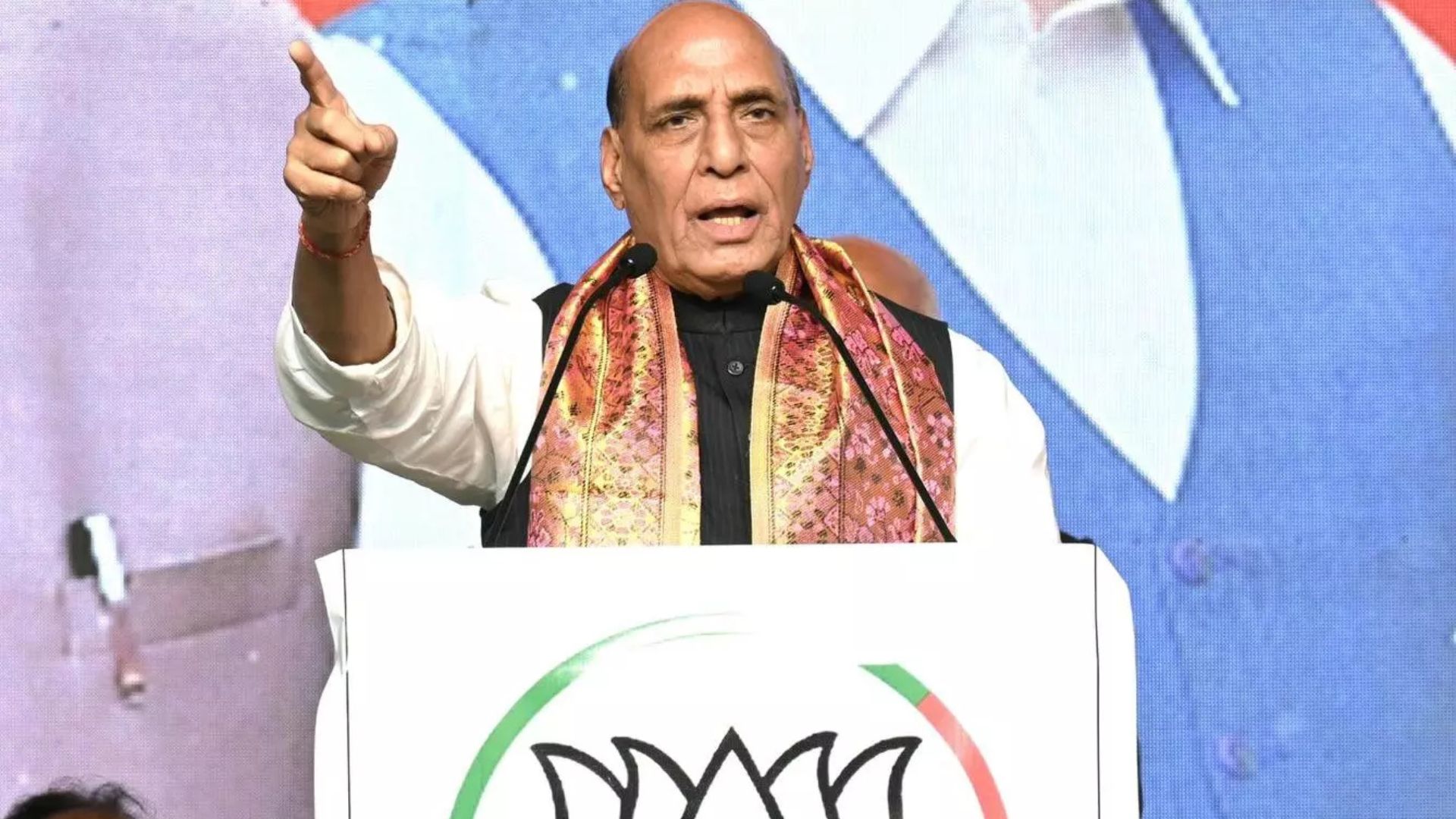
It is almost three months since the Coastal Clean-up Day oath-taking ceremonies in September when “a trash-free coastline” was highlighted as the key task of a frontline environmental brigade of the government. Eight Indian beaches complying with the stringent Blue Flag certification criteria were recommended by the Centre for final consideration before an international jury. The results were announced in October but this important news passed away unacknowledged, almost muted and slipped the corners of mainstream Covid-19 management headlines. The news was about the honour which came to eight Indian beaches in a single attempt and which deserves applause and more serious attention than it has got so far.
No Indian beach had qualified for this certification so far and it was the first time that India became the first country in the world to receive the Blue Flag certification for not one but eight beaches. A Blue Flag certification is a voluntary eco-label for the cleanest and most developed coastal areas in the world, awarded by a Denmark-based jury of the Foundation for Environmental Education (FEE). An international jury comprising eminent members of United Nations Environment Programme (UNEP), World Tourism organization (UNWTO), FEE and International Union for Conservation of Nature (IUCN) bestowed the international honour upon Indian beaches. These beaches, as per the records of the Ministry of Environment, Forest and Climate Change (MoEFCC), are Shivrajpur (Devbhumi Dwarka, Gujarat); Ghoghla (Daman and Diu); Kasarkod (Karwar, Karnataka); Padubidri (Udupi, Karnataka); Kappad (Kozhikode, Kerala); Rushikonda (Visakhapatnam, Andhra Pradesh); Golden beach (Puri, Odisha); and Radhanagar (Andaman and Nicobar Islands). Yet the time to celebrate a “trash-free coastline” is still a far cry.
World coasts are choking with garbage. Indian religious customs have treated coasts as sacred yet India is the 12th largest source of marine litter, which is projected to rise to the 5th place in just the next 4 years. The data obtained from the World Economic Forum suggests that this coastal litter could be much higher as 32% of all single-use plastic packaging escapes into sea directly. Covid-19 has made matters worse by adding to this litter many truckloads of personal protective equipment (PPE), suits, masks, gloves and many other related stuff which tend to be discarded arbitrarily in an unregulated manner in most countries. Ironically, the sacred Ganges has been one of the biggest carriers of plastics to the ocean.
The global plastic footprint in marine areas is 8 to 10 million tonnes annually which is over and above the 150 MT of pre-existing plastics in the ocean. The National Oceanic and Atmospheric Administration (NOAA) of the US Administration is designing underwater robots to monitor and measure increasing underwater toxicity due to rise in debris collection at the ocean bed. In his warning piece ‘How to stop the sixth mass extinction’ on CNN in 2016, John D. Sutter had declared that soon there would be more plastics than fish in our seas.
There are some lessons to be learnt from the Blue Flag honour for Indian beaches. A synchronised effort of field authorities and local communities is needed with that of the Ministry (MoEFCC). It took over two years for the Beach Environment and Aesthetics Management Services (BEAMS) of the Society of Integrated Coastal Management (SICOM)under the MoEFCC to prepare a report on the beaches. These beaches were assessed in line with the UN Sustainable Development Goals. It was found that these beaches had substantially reduced the inflow of litter by 82% to 84% in less than 2 years of 2018-2020. An indicator called a beach litter measuring system (BLMS) conducted daily audits on plastic and other waste flowing into the sea. A segregated data about beach litter was put together and a feedback from tourists was obtained. The other indicators of assessment were beach amenities, waste management, renewable energy, recreational facilities, testing of bathing water quality, biodiversity conservation, safety, security and maintenance of beach ecosystems. Scuba divers brought data on coral bleaching, fauna and fish counts besides information on diseases which inflict the inner ocean life. An important factor which should have taken the shape of a mass movement was missing in much of the mechanically driven assessment, i.e.; the number of volunteers to sustain the gains and carry forward the benefits of clean beaches. Official records highlight that presence of Coast Guards and armed forces as key factors in coastal clean-up exercises but not more than 20,000 volunteers from across the whole country of 1.3 billion joined the clean-up and that too only on the clean-up day which is the 3rd Saturday every September.
Why are these close-to-life programmes not able to generate mass support and why coastal communities are failing to adopt clean-up as a lifestyle exercise. As prosperity of coastal belts increases the debris into oceans also increases. It is time the Education Ministry realises that one syllabus may not fit into the schools of the whole country. Syllabus should be geo-oriented which suggests that coastal schools should have more coastal biodiversity narratives. During the course of our visit to very highly rated and UNESCO award-winning schools in Kerala coastal belt during 2012-13 the 10th-12th standard students knew much more about American softwares than about the value of coasts. They had not heard of the value of backwaters in carbon fixation or planktons for oxygen supply. For most of them landslides were a natural phenomenon and had no connection to the cash-cropping and ecosystem changes in land usage. Also, those who knew that mangroves existed alongside the coasts, were not knowing the dangers from its extinction in the state’s coastline and the need to regrow them as West Bengal has initiated in the Sundarbans. While the city folks were upbeat on the growing number of fish in the coastal waters as given in the colourful bar diagrams of the Central Marine Fisheries Research Institute of Kochi, the fisherfolks clarified that the increase was confined to the small fish species which need more effort to catch and less returns in the market. They shared that almost 20 rare big fish species which were available to them in the coastal waters close to the beaches are now seldom found even several kilometres inside.
To make people understand that oceans are indispensable for us to survive is the key to their clean-up and conservation. Coasts are definitely choking and we are responsible for it since we taught the growing young citizens the cost of beaches and the land but not their value. Oceans supply us 60% of oxygen through phytoplanktons which are ocean-bed plants and grasses forming a marine food web. As phytoplanktons are reduced, fish is lost rendering billions of coastal communities into a severe scarcity of food resources and oxygen depletion subsequently translating into a variety of diseases and health problems. A dangerous move currently trending amongst food business companies is the 70% of the world surface lying unused, i.e.; the ocean bed which they wish to explore and exploit. This would be the death knell of the environment and food supplies to mankind.
While the eight Indian beaches have achieved the honour, it is now for the government to sustain this effort in the direction of the 14th Sustainable Development Goals which addresses the health of all forms of life under the ocean and humans on land.
The writer, former professor at JNU, is president of NAPSIPAG Disaster Research Group. The views expressed are personal.
The global plastic footprint in marine areas is 8 to 10 million tonnes annually which is over and above the 150 MT of pre-existing plastics in the ocean. The National Oceanic and Atmospheric Administration of the US Administration is designing underwater robots to monitor and measure increasing underwater toxicity due to rise in debris collection at the ocean bed. In his warning piece ‘How to stop the sixth mass extinction’ on CNN in 2016, John D. Sutter had declared that soon there would be more plastics than fish in our seas.















